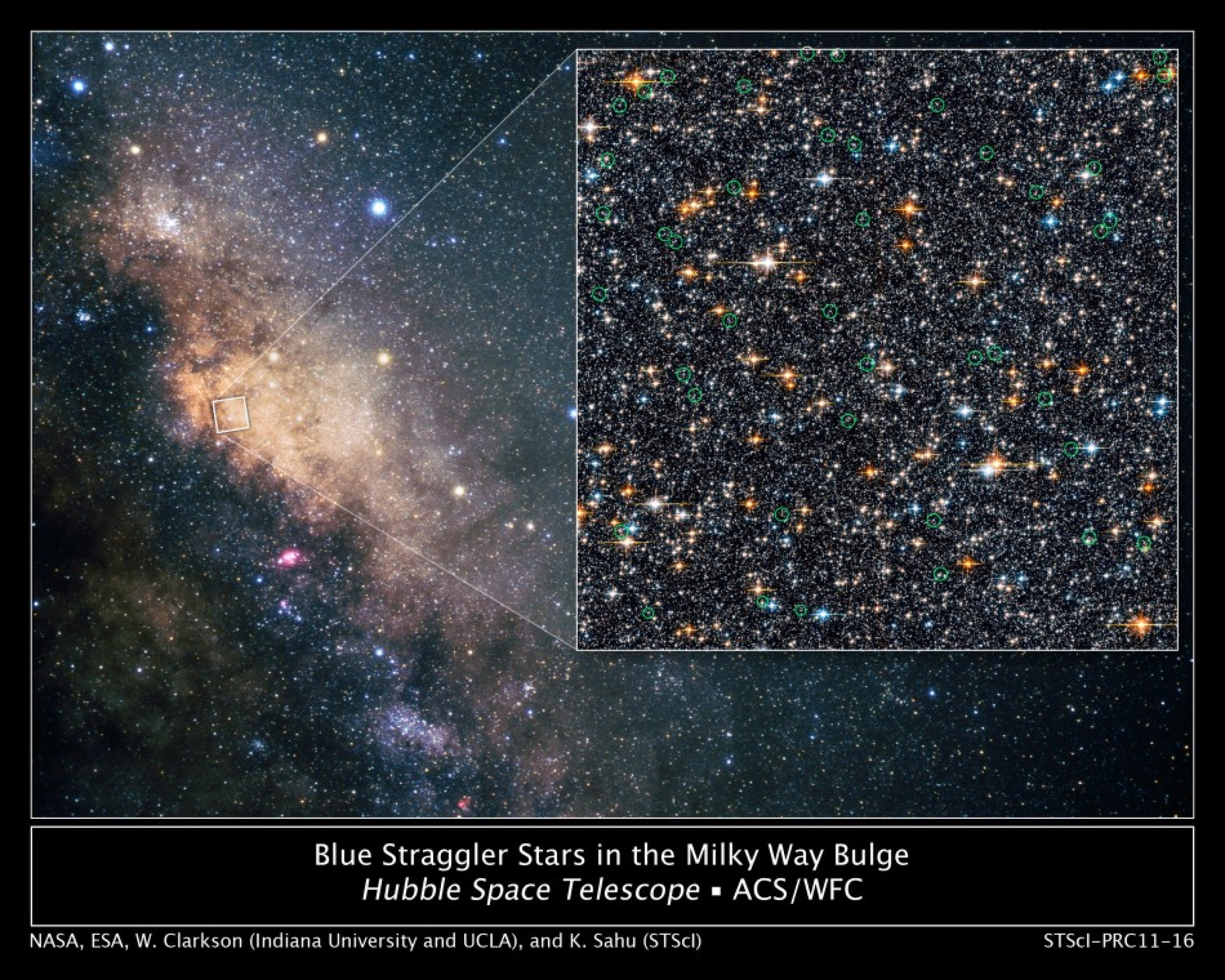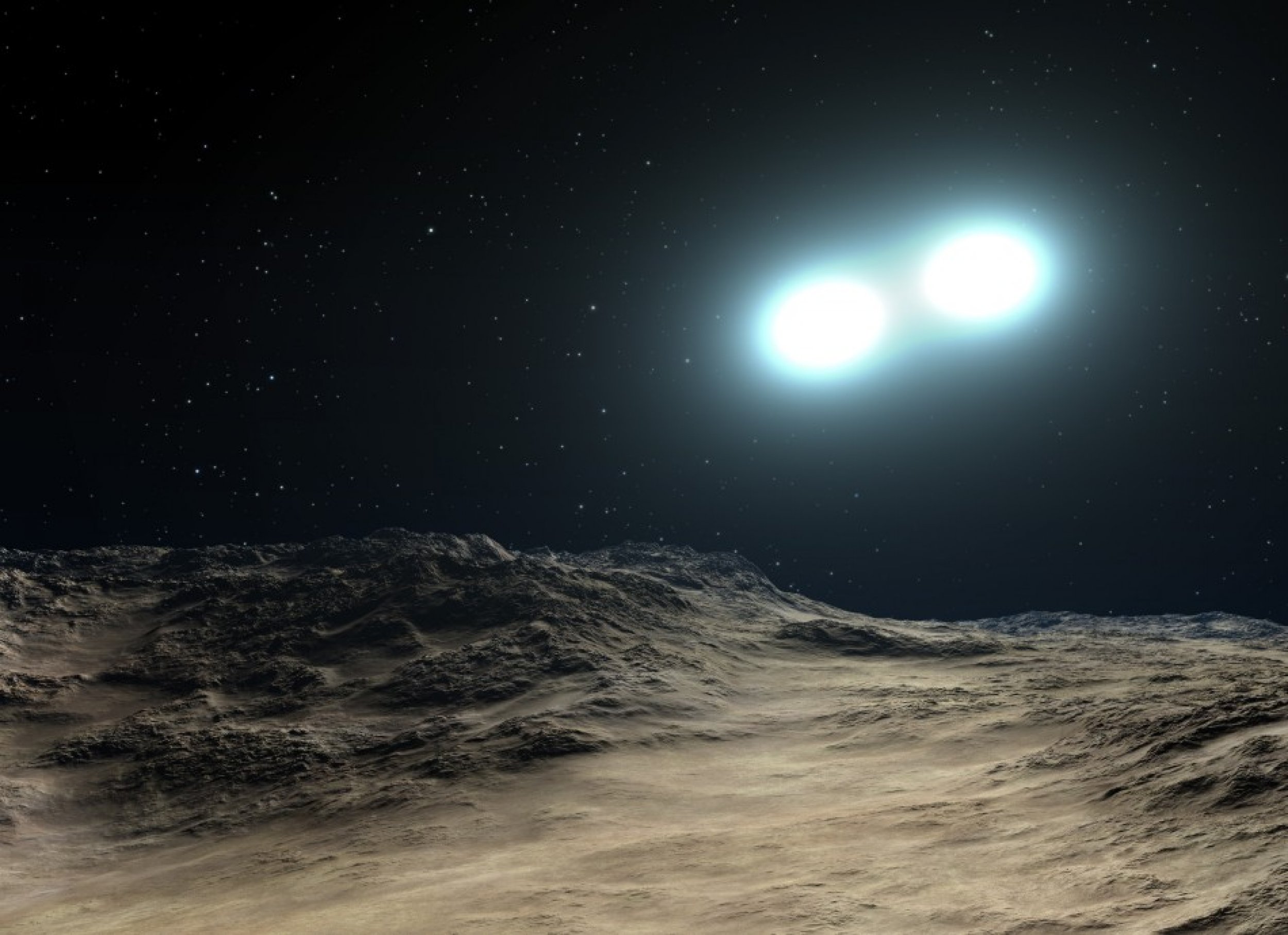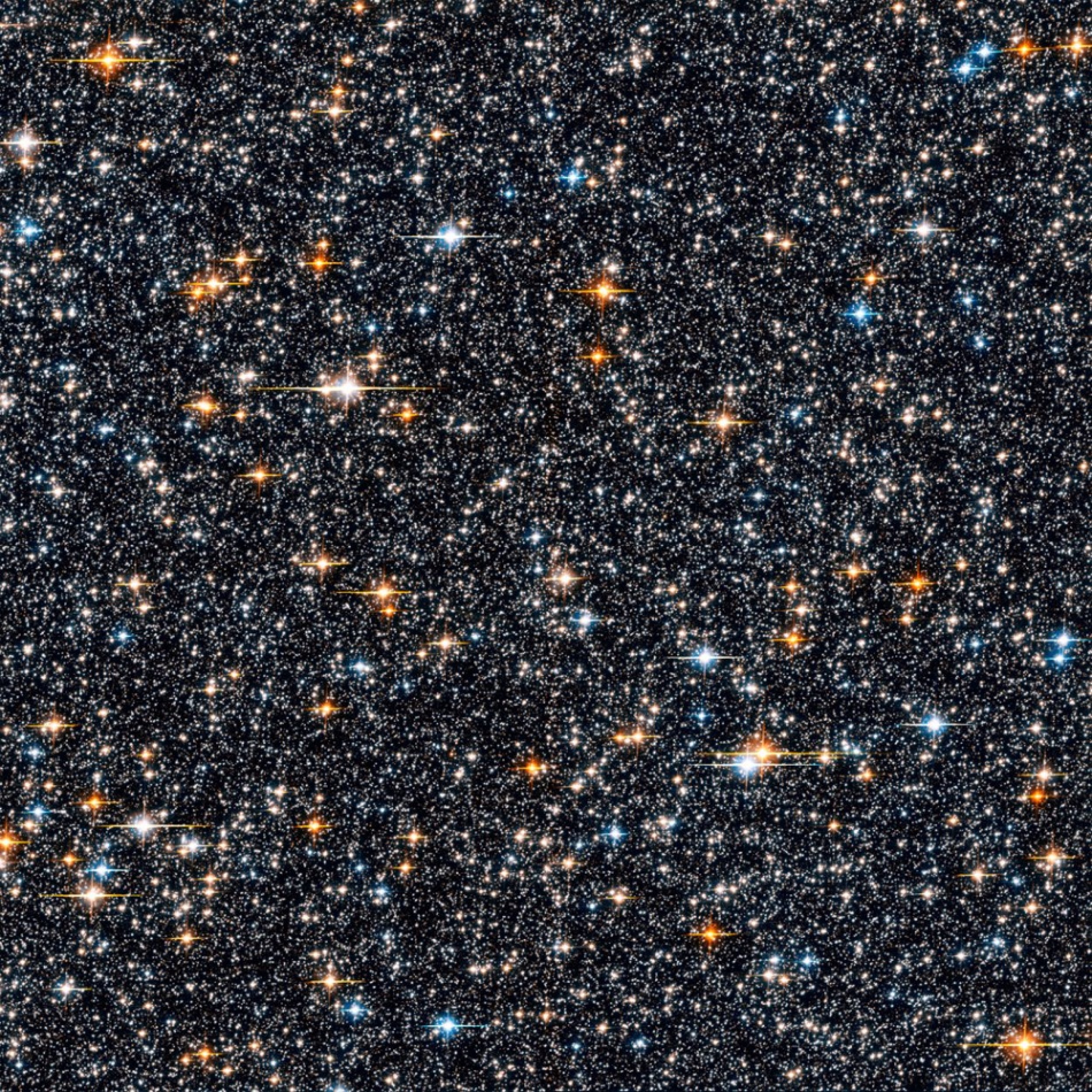Vampire and Cannibal stars spotted for the first time in Milky Way [EXCLUSIVE PHOTOS]
For over centuries, astronomers and scientists have explored the space to spot the blue stragglers, popularly known as the Vampire stars to study the unique mechanism of formation of these stars.
Although, this form of cannibalistic star has often been spotted in many distant star clusters before, for the first time, the stars have been observed in the hub of the Milky Way. Blue stragglers are so named because they seem to lag behind in the ageing process and look much younger than the population from which they are formed.
The evolution and process of its star formation have always been shrouded in mystery. A number of astronomers speculate that the stars look young because they collide into other neighboring stars and steal the hydrogen fuel from them.
Supporting this theory is the observation that these stars are found only in dense clusters, enabling them to feed for the adjacent stars and thus, the name.
The discovery of the vampire star in the galaxy followed a seven-day survey in 2006 called the Sagittarius Window Eclipsing Extrasolar Planet Search (SWEEPS) which sought to find hot Jupiter-class planets that orbit very close to their stars. It was during this time that astronomers at Hubble discovered the 42 oddball blue stars which had brightness and temperatures typical for stars much younger than ordinary bulge stars.
Although the Milky Way bulge is by far the closest galaxy bulge, several key aspects of its formation and subsequent evolution remain poorly understood, stated Will Clarkson, Lead author of Indiana University in Bloomington. Many details of its star-formation history remain controversial. The extent of the blue straggler population detected provides two new constraints for models of the star-formation history of the bulge.
Out of the 42 detected vampire stars, it is estimated that only about 18 to 37 are genuine, with the remaining being only a mixture of foreground objects. Scientists believe that the stars have long been living in the Milky Way bulge but have not been detected earlier owing to the contamination of view by the younger stars.



© Copyright IBTimes 2024. All rights reserved.





















